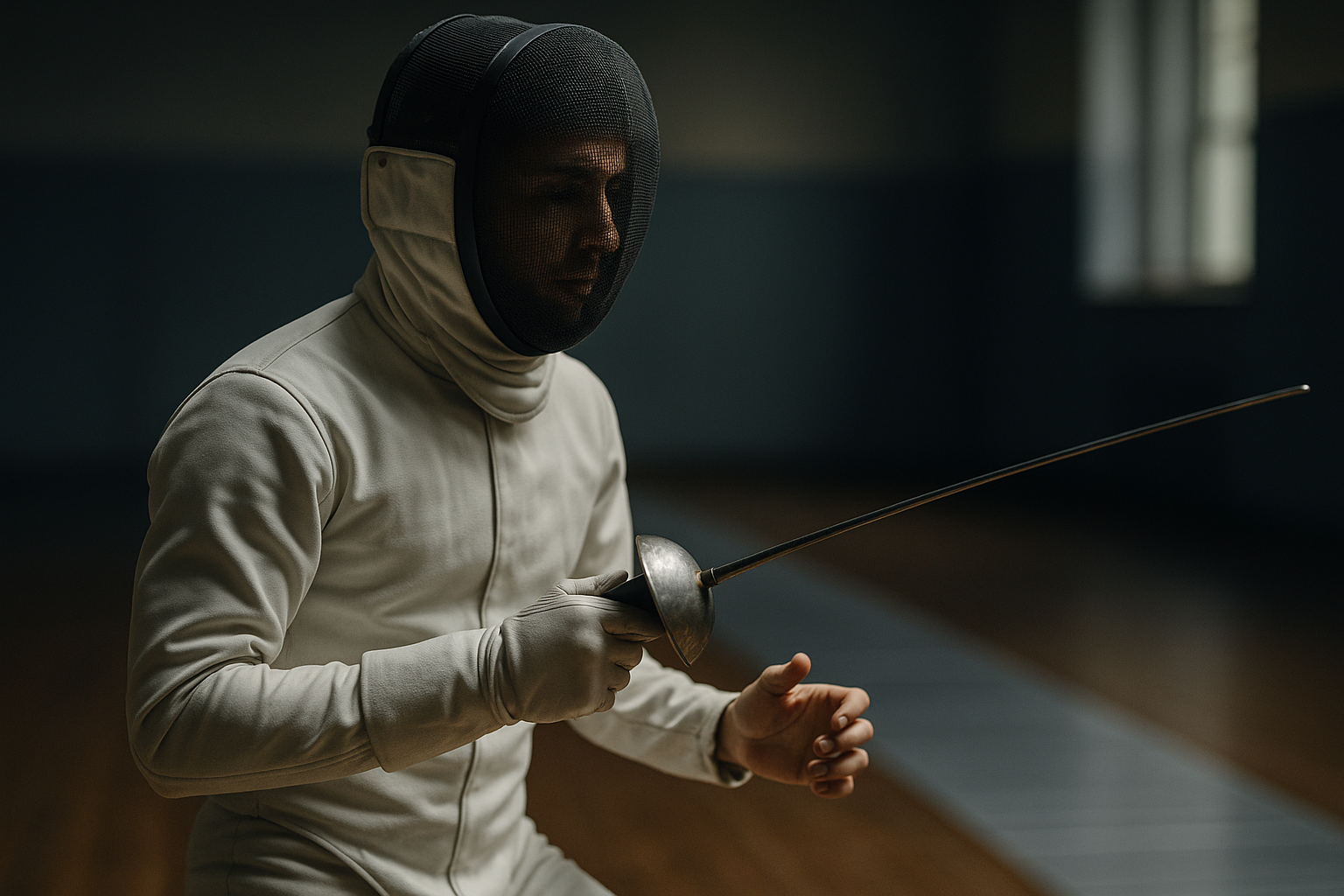Unraveling the Intricacies of Modern Fencing: A Dance of Mind and Body
In the world of sports, fencing presents an intriguing blend of physical prowess, strategic thinking, and historical grandeur. This article delves into the fascinating world of modern fencing, offering an in-depth exploration of its evolution, current trends, and the real-world applications of its strategic training methods.

An Ode to History: The Evolution of Fencing
Fencing, one of the oldest sports still practiced today, has its roots in ancient civilizations. Originating as a form of military training, it slowly evolved into a sport with a rich tradition, punctuated by chivalric ideals and a refined sense of honor. From the swordplay of the middle ages to the introduction of the rapier in the Renaissance, fencing has been shaped by centuries of martial development. Today, fencing is a modern sport that maintains a strong connection to its historical roots while embracing the dynamism of the 21st century.
The Modern Fencing Landscape: Current Trends and Innovations
As with any sport, fencing is not immune to change and evolution. The current landscape is marked by a focus on speed, agility, and technique, with a high premium placed on strategic thinking. Innovations include the introduction of electronic scoring systems and the rise of women’s fencing, reflecting a broader trend of inclusivity in sports. These changes have not only made the sport more engaging but also more accessible to a broader audience.
The Art and Science of Fencing: Training and Performance Strategy
Fencing is as much a mental game as it is a physical one. The training methods employed balance the development of physical prowess with strategic acumen. Fencers are trained to anticipate their opponent’s moves, making split-second decisions that can mean the difference between victory and defeat. The challenges inherent in this training, however, are balanced by the benefits it offers: improved agility, strategic thinking skills, and a sense of discipline that extends beyond the fencing piste.
Fencing in the Real World: Benefits and Applications
The benefits of fencing extend beyond the sport itself. The discipline required in training, the strategic thinking involved in a bout, and the physical agility required are all skills that can be transferred to other areas of life. From improving mental acuity to promoting physical fitness, the real-world applications of fencing are numerous.
Moving Forward: The Future of Fencing
As we look forward, the future of fencing appears promising. The sport continues to evolve, embracing new technologies and trends while maintaining its historical roots. From the introduction of virtual reality training tools to the growing popularity of wheelchair fencing, the sport continues to innovate and inspire.
In conclusion, modern fencing is a fascinating blend of historical tradition and modern innovation. It offers not just an engaging sport but a lifestyle, promoting physical fitness, strategic thinking, and a deep sense of discipline. As we continue to watch this sport evolve, one thing is certain: the dance of mind and body that is fencing will continue to captivate and inspire.




